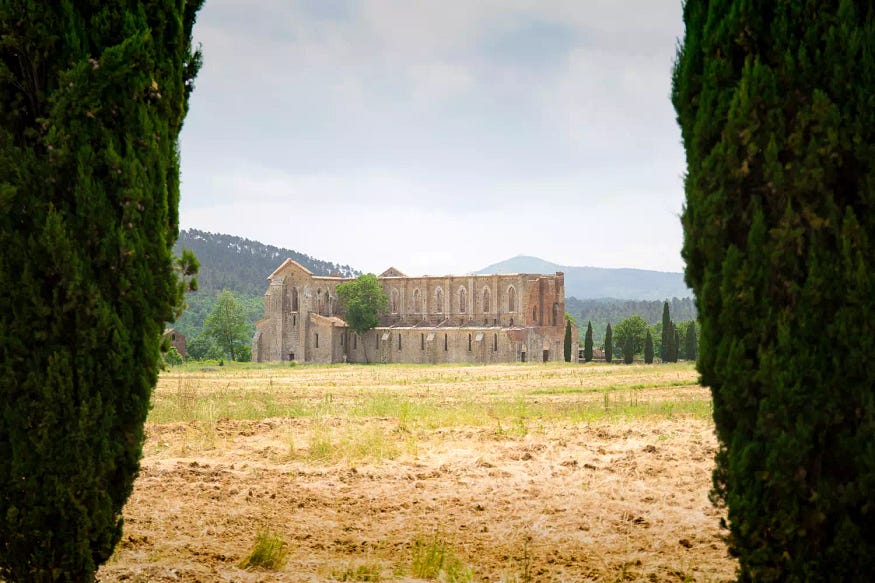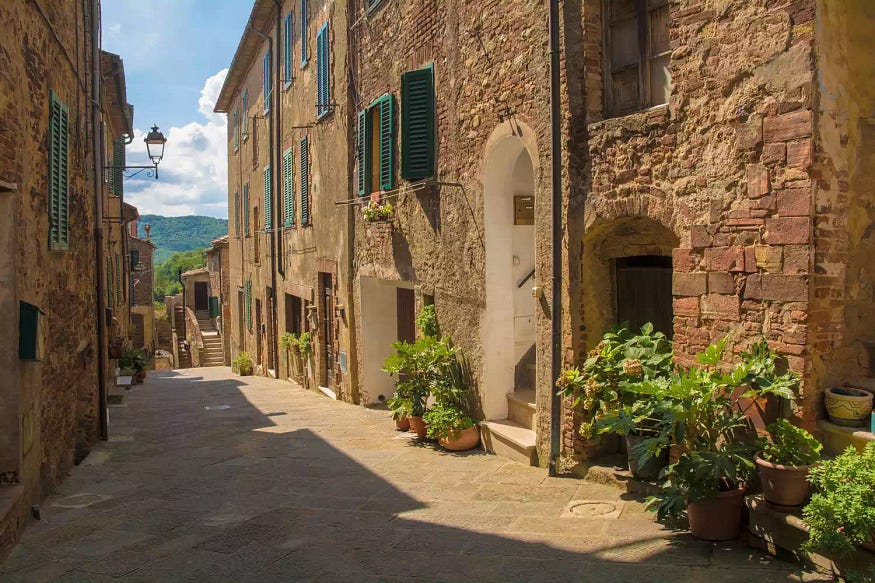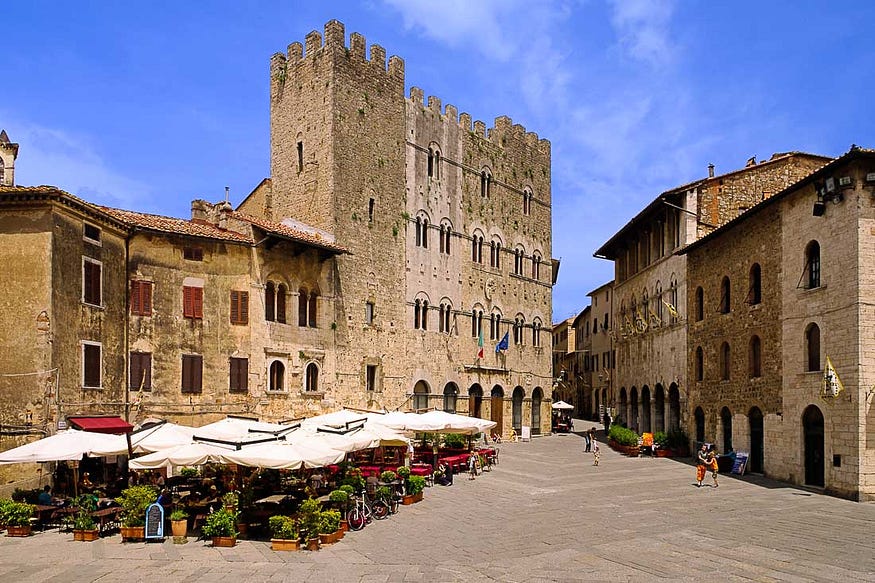Uncover Tuscany’s Best-Kept Secret: An Undiscovered Corner of the Region

San Gimignano, Siena, the Val d’Orcia, and the Chianti hills are all popular destinations in Tuscany — and for good reason. They make up the iconic scenery of one of Italy’s most well-known and romanticized regions, with medieval towns, rolling landscapes, ancient hilltop villages, and extensive vineyards.
Nevertheless, there’s a compelling rationale to venture elsewhere to evade the crowds of tourists with identical intentions. If you’re searching for a less crowded area, leave Siena behind and head southwest, where a series of winding country roads reveal small stone villages inhabited by just a few hundred residents. Nestled between the marshy Maremma plain, the mineral-rich hills of the Colline Metallifere, and the forested Val di Merse, this lesser-known part of Tuscany doesn’t have a specific name, but it includes highlights from the provinces of Siena and Grosseto. While organized tours are rare, travellers who are savvy enough to explore on their own will discover a peaceful countryside where life moves at a slower pace and local attractions are not as prominent. Those who prefer a vacation immersed in nature rather than in crowded squares will feel like they’ve discovered the best-kept secret of the region.
Given its rural location, having a car is essential for exploring the area. With your transportation, you can enjoy a peaceful getaway with easy access to many of the region’s main sights; Siena, the coast, and the wine-producing hills of the Val d’Orcia are all within an hour’s drive. However, make sure to also take time to explore the immediate surroundings. Here are some of the top experiences not to be missed in this hidden corner of Tuscany.
Abbey of San Galgano

When you first lay eyes on this Cistercian abbey, nestled between the towns of Chiusdino and Monticiano, you might feel as though you’ve been transported to Scotland. Erected in the 1200s, the Abbazia di San Galgano experienced a brief period of prosperity lasting only about a century, during which it was aligned with the influential Republic of Siena. However, despite this alliance, the abbey was destroyed by papal mercenaries, and by 1400, it had been virtually deserted. Today, adjacent to the abbey ruins, you’ll find a small museum and restored monastery buildings that can be visited without prior reservation. For those seeking luxurious accommodations nearby, consider Borgo Santo Pietro, where you can indulge in several days of pampering and rural relaxation without ever needing to leave the property.
Bagni di Petriolo

In various regions of Tuscany, the ground is saturated with warm mineral water, which emerges in several delightful public baths. At Bagni di Petriolo, thermal water rich in sulfur erupts, creating a sequence of calcified “tubs” perfect for relaxation. The water emerges from the earth at a balmy 110 degrees Fahrenheit but gradually cools as it flows into natural pools before entering the Farma River, doubling as a heated swimming spot. Accessing the baths requires a brief stroll through the forest and some manoeuvring over rocks. Alternatively, for a spa experience minus the adventure, visitors can opt for the Terme di Petriolo complex near the road, offering spa facilities with luxurious spring-fed pools, a restaurant, and a quaint seven-room inn.
Monticiano and the Val di Merse

Hikers and enthusiasts of nature will be drawn to explore the network of trails surrounding the charming medieval village of Monticiano. Many of these pathways trace the course of the Merse River, meandering through extensive woodlands adorned with cascading waterfalls and refreshing, crystalline pools ideal for a refreshing swim. Uncommonly for Tuscany, this region is predominantly wooded, ensuring ample shade is never far away. One of the routes follows an ancient migration path, originally established for the seasonal movement of sheep and other livestock between high and low elevations. Accommodations and dining establishments in Monticiano are modest but cater well to hikers or cyclists seeking a comfortable bed, warm shower, and satisfying meal.
Massa Marittima

Nearer to the Tyrrhenian shoreline, Massa Marittima stands as an ancient hilltop settlement that has endured various challenges including the Black Plague, sieges, malaria, and invasions by Nazi forces. Thanks to its well-developed tourism infrastructure, it serves as an excellent hub for exploring much of central Tuscany, as well as the surrounding beaches extending from nearby Follonica. The town itself remains enclosed by its ancient fortifications adorned with observation towers, and its cathedral traces back to the 1200s, housing numerous significant frescoes and sculptures.
Upon visiting the cathedral, it’s recommended to proceed next door for a glimpse of the Fonti dell’Abbondanza. This medieval mural within a water reservoir portrays women gathering fallen leaves beneath the “Tree of Fertility.” Adjacent to it, an archaeological museum sheds further light on the region’s history — the pre-Roman Etruscans inhabited this area for several centuries B.C.E. and relics from that period (along with others) are showcased at the museum. As the day draws to a close, enjoy a satisfying and hearty meal at La Tana dei Brilli, and for accommodation, the four-star Palazzo La Fenice offers spacious rooms situated on the outskirts of the old town.
Follow the XcelPay Ecosystem on Telegram and XcelTrip on social platforms to learn more about XcelTrip.
Tags:
Login to your account.




